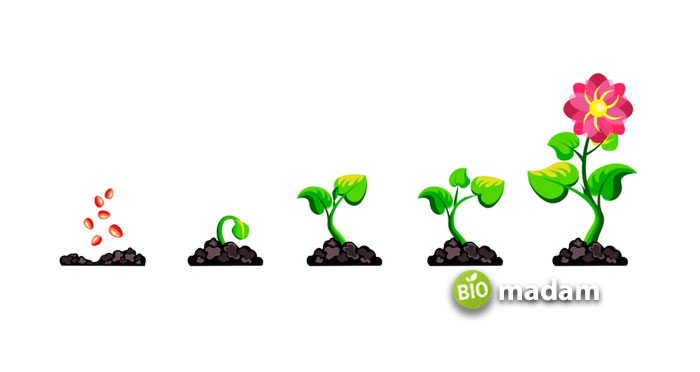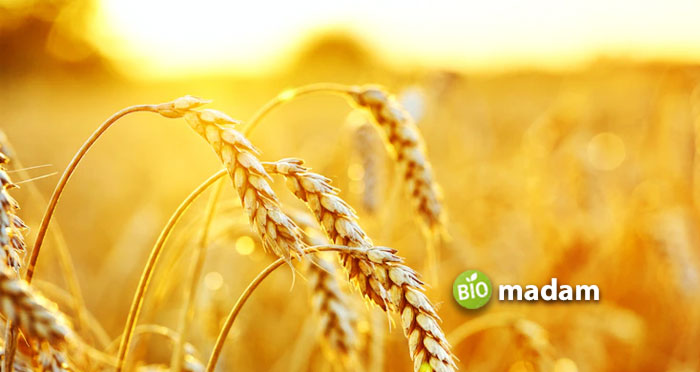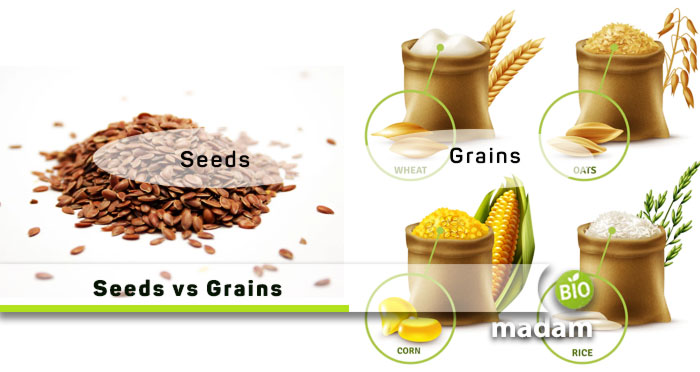Recently updated on March 4th, 2023 at 12:04 pm
Seeds and grains are an important part of botany and horticultural studies. People often confuse grains and seeds with each other. However, the most critical difference between seeds and grains is that the seed is an embryonic plant. On the other hand, grains are the seed or fruit of grasses. They are found abundantly in different types of ecosystems globally. While both are related, they are distinct from a botanical point of view. Let’s tell you all the differences between seeds and grains.
Comparison Table
| Characteristics | Seed | Grain |
| Definition | Part of plant containing embryo | Seed of grass |
| Purpose | Commercial sowing | Nutrient Consumption |
| Parts | Embryo, seed coat, and endosperm | Bran, embryo, and endosperm |
| Viability | Present | Absent |
| Purity | Genetically pure | Unknown |
| Treatment with Chemicals | Yes | No |
| Certification | Yes | No |
| Examples | Mustard, cotton, castor beans, etc. | Cereals, rice, wheat, barley, etc. |
What are Seeds?
Seed is an essential reproductive element in plants. Seeds are present in both angiosperm and gymnosperm plants. All types of Gymnosperms possess naked seeds because the plants do not have fruits or flowers; hence, their seeds are exposed. Angiosperms have matured ovules that develop within the fruits after fertilization.
Parts of Seed
The seed has three main parts:
- A seed coat protecting the whole seed
- The endosperm acts as a food reserve for the plant
- The embryo within the seed that sprouts in favorable conditions
Functions of Seed
- Seeds produce various products, such as Oil from castor beans, margarine, paints, and lubricants.
- They contribute to the development of the new plant via germination.
- Seeds are the source of food reservoirs in the form of endosperm found in seeds.

Types of Seeds
The seed can be of two types based on the number of cotyledons;
Monocotyledonous Seeds
As the name indicates, monocots have only one cotyledon. It means that the seed coat has only one outer layer. Monocots’ seed embryos possess only one large cotyledon called scutellum. Examples of monocot seeds include ginger, sorghum, onion, coconut, and garlic.
Dicotyledonous Seeds
Dicot seeds, contrary to monocots, have two embryonic cotyledons compared to monocotyledons. Data suggests the existence of around 200,000 dicotyledon species. The embryo in a dicotyledonous seed comprises an embryo axis and two cotyledons. Peas, almonds, and cashews are dicotyledonous seeds.
Examples of Seeds
Cotton, mustard, and sunflower are examples of seeds.
What are Grains?
Grains are the seeds of grasses. They belong to the Poaceae family. The species is generally known as the grass family. Grains have high levels of nutrients and are commonly regarded as economically valuable. They cultivate lawn areas and pastures. Grains in the shape of bread, rice, or quinoa tend to make up the bulk of the human diet.
Parts of Grains
Grains comprise three main components:
- The outer layer, called bran, is rich in fibers, minerals, and vitamins.
- The embryo contains oils, vitamins, proteins, and minerals, also known as a germ.
- Endosperm locates just above the germ and has high levels of carbohydrates and proteins.
Functions of Grains
- Grains provide an estimated 48 percent of human calories and are widely consumed globally.
- Grains make cooking oils, fuels, cosmetics, and alcohol.
- Some grains also produce industrial products like corn.
- Grains provide carbohydrates along with other essential micro and macronutrients.

Types of Grains
True Cereal Grains
Most of the cereals belonging to the family Poaceae are true cereal grains. Some examples include wheat, barley, oats and sorghum.
Pseudo-Cereal Grains
The pseudo-cereal group is not a member of the Poaceae botanical family, but they have similar nutritional properties to the true grains. Pseudo-cereals are largely used in the production of niche bread, flatbreads, crispbreads, pasta, snack bars, and an alternative to pasta and rice. Amaranth, buckwheat, and quinoa are a few widely used grains.
Examples of Grains
Wheat, oats, and rice are the most commonly consumed grains in the world.
Difference Between Seed And Grains
Definition
Seeds
A seed is part of a plant containing an embryo that develops into a new plant.
Grains
Grains are a single unit of fruit or seed of grasses used as food.
Purpose
Seeds
A seed is utilized for commercial sowing to grow new plants.
Grains
While edible grains are used for consumption purposes due to their nutritional content.
Parts
Seed
The seed contains three main parts – embryo, seed coat, and endosperm.
Grain
On the other hand, grains consist of bran, embryo, and endosperm. An additional caryopsis is present when the fruit wall is fused with the coat in some grains.
Viability
Seeds
Viability is important in seeds.
Grains
Alternatively, grains are not viable like seeds.
Purity
Seeds
Seeds must satisfy good seed health and be genetically pure.
Grains
However, the purity of grains is unknown.
Treatment with Chemicals
Seeds
Seeds are treated with pesticides, insecticides, and other required chemicals to prevent them from fungus, molds, and other insect attacks.
Grains
On the contrary, grains do not need such chemicals to treat because they are consumed widely.
Quality Check
Seeds
Seeds should meet quality standards. The seed certification agency provides certificates to the approved seed.
Grains
Conversely, any kind of certification does not apply to grains.
Quality Standards
Seeds
Seeds should meet all quality standards. The quality control team supervises the seed purity, quality, storage, packaging, and labeling.
Grains
Meanwhile, grains do not need to meet quality standards.
Example
Seeds
Examples of seeds include mustard, cotton, and castor beans.
Grains
Grain examples include cereals, rice, wheat, and barley.
The Bottom Line
Seeds and grains are widely dispersed in different habitats and ecosystems. They are important elements of sexual reproduction in plants to sustain different species. They often look similar yet vary in their exact definition. The major difference between seeds and grains is that the seed is an embryonic plant, while grains are the seed or fruit of grasses. Seeds should meet specific quality standards, but you do not need quality certification for grains. Moreover, grains are typically not sprayed with pesticides as they become unsuitable for consumption.
FAQs
Is a grain a seed?
Grains are the harvested seeds of grasses like oats, corn, wheat, and rice. Grains are also known as cereals and are consumed globally.
Why is it called grain not seed?
The seeds of grasses are known as grains. They comprise a ripened ovary containing a ripened ovule.
Which seeds are not grains?
Many seeds may feel like grains but are not so. These include quinoa, buckwheat, wild rice, amaranth, and teff.

Hello, I would like to introduce myself to you! I am Chelsea Rogers, an experienced blog writer for science articles, holding an MPhil degree. My enthusiasm to grab the best knowledge, let it relate to botany, zoology, or any other science branch. Read my articles & let me wait for your words s in the comment section.

